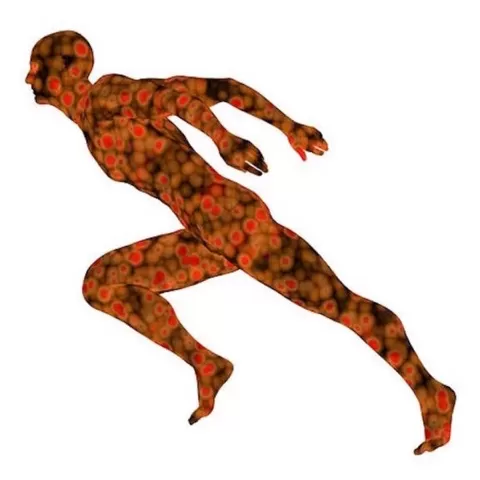Not so long ago, it was almost guaranteed that you would die of an infectious disease. In fact, had you been born just 150 years ago, your chances of dying of an infectious disease before you’ve reached the tender age of 5 would have been extremely high.
Since then, science has come a long way in understanding infectious diseases – what they are, how they spread, and how they can be prevented. But diseases like HIV/AIDS, Malaria, Tuberculosis, or the flu are still major killers worldwide, and novel emerging diseases are a constant threat to public health. In addition, the bugs are evolving. Antibiotics, our most potent weapon against bacterial infections, are losing their power because the bacteria are becoming resistant. In this course, we’ll explore the major themes of infectious diseases dynamics.
After we’ve covered the basics, we’ll be looking at the dynamics of the flu, and why we’re worried about flu pandemics. We’ll be looking at the dynamics of childhood diseases such as measles and whooping cough, which were once considered almost eradicated, but are now making a comeback. We’ll explore Malaria, and use it as a case study of the evolution of drug resistance. We’ll even be looking at social networks – how diseases can spread from you to your friends to your friends’ friends, and so on. And of course we’ll be talking about vaccination too. We’ll also be talking about how mobile phones, social media and crowdsourcing are revolutionizing disease surveillance, giving rise to a new field of digital epidemiology. And yes, we will be talking about Zombies – not human zombies, but zombie ants whose brains are hijacked by an infectious fungus.
We’re looking forward to having you join us for an exciting course!




